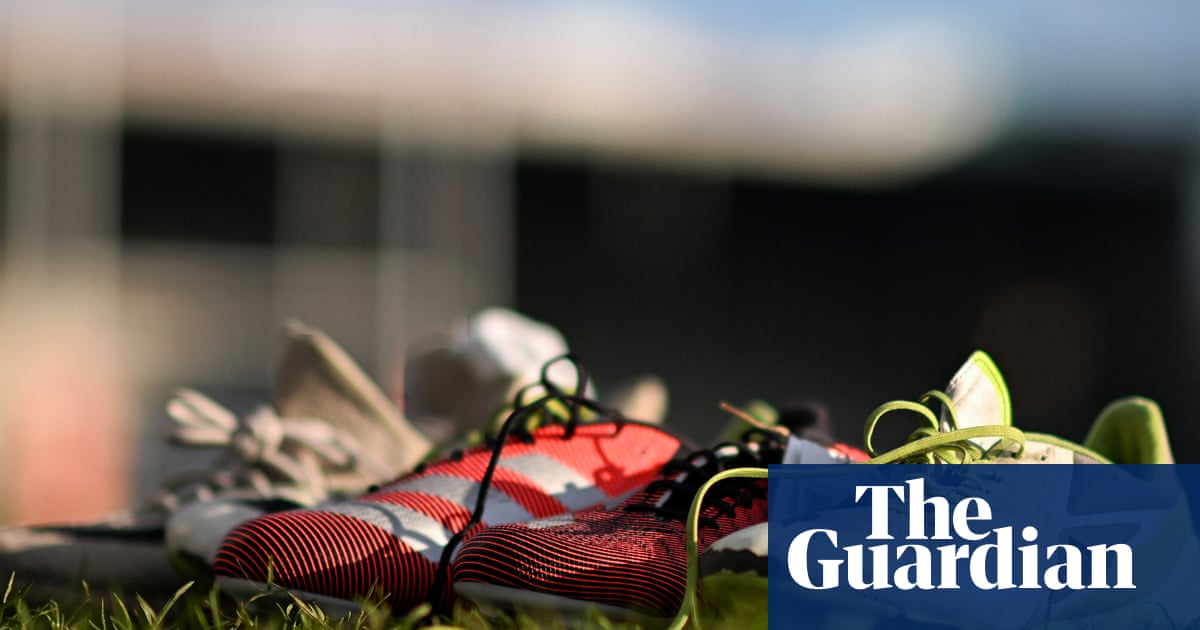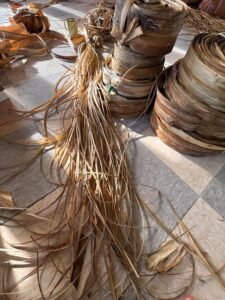
Wearing boots designed for men causes discomfort for a majority of female rugby players, according to new research which finds as many as 89% of athletes experience pain from wearing shoes not built for women’s feet.
With the Women’s Rugby World Cup coming to England in just over two weeks’ time IDA Sports, a footwear brand designed for female athletes, called out what it describes as the “iniquity” of boot design that leaves women not only lacking comfort when playing but exposed to a heightened risk of injury.
After scanning nearly 1,000 feet, of amateurs and players from across Premiership Women’s Rugby, and surveying a further 330, IDA Sports found that comfort was the driving factor behind a player’s boot choice, but one that was rarely met. While 78% said comfort was a top priority, nearly nine in 10 spoke of discomfort.
“The findings of our many years of research and development … illustrate the inequities that women athletes face when it comes to footwear,” said Laura Youngson, co-founder and chief executive of IDA Sports. “We hope that the findings of this study will not only draw attention to the impactful data, but push more brands to invest in women athletes as we have proudly done over the last seven years.”
Some 45% of players surveyed said they specifically experienced pain under the first metatarsal bone, above their big toe. This is conventionally the location for a stud on a boot intended for a man.
Youngson has said that female players will often file down the stud under the toe to reduce the pressure on the bone and IDA Sports adopted a different template for the studs on its female-centred boots.
Sports scientists have also drawn attention to the risk of injury from studs not adapted specifically for women. Women’s feet and arches are shaped differently to men and women also run in a different way. Studs under the metatarsal can risk injuring the bone, but also possibly increase the chance of damaging ligaments.
Dr Matt Whalan, a consultant to Fifa on female health in football and a principal partner at Figtree Physiotherapy, explained these risks to the Guardian in a 2020 interview. “The simplest thing to do is to look at the contact with the ground and the step/pivot/twist,” he said. “There’s maybe a 10-kilo weight difference between male and female footballers and we’re going to put them in a same boot, that has the same traction, the same stiffness and that needs the same muscle capacity to control the traction that that boot will give.
after newsletter promotion
“If you’ve got a stud that is 15mm long and you’re leaning really hard and having to change direction but you’re 10 kilos lighter, do you need studs that long to get the same sort of traction? When you’re getting a lot of traction that you don’t need then that’s when you start to put things at risk.”








